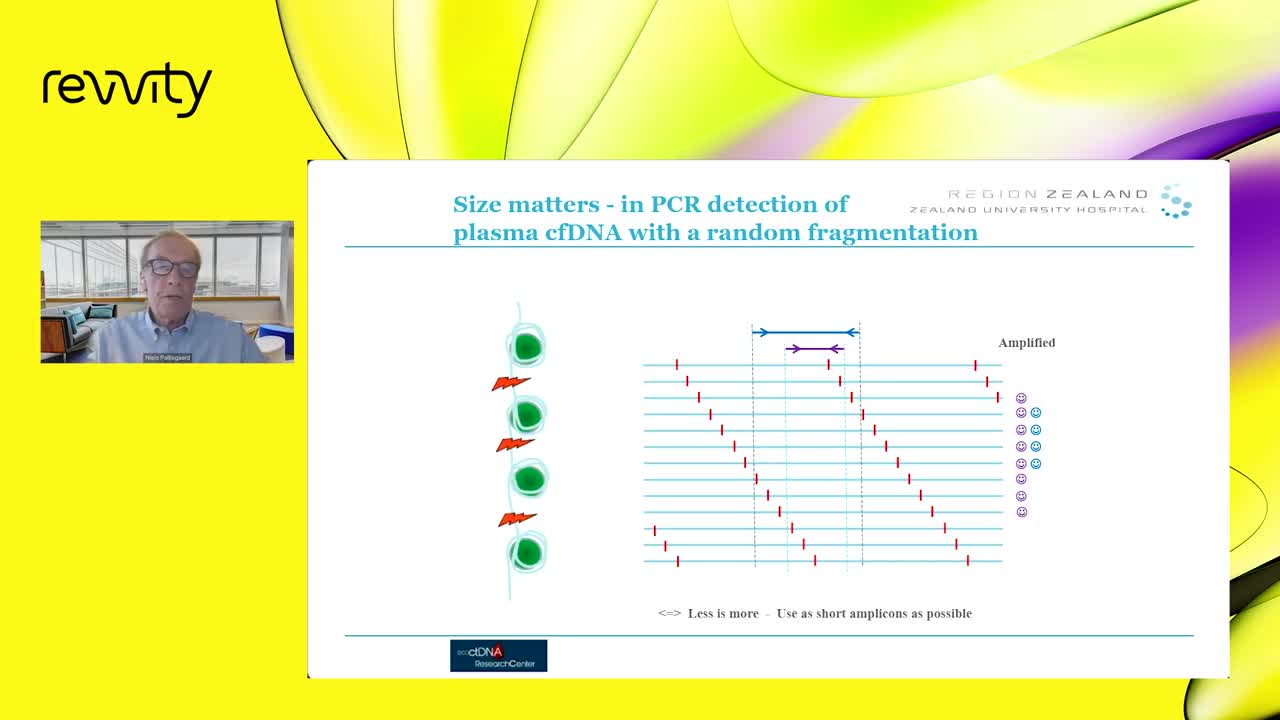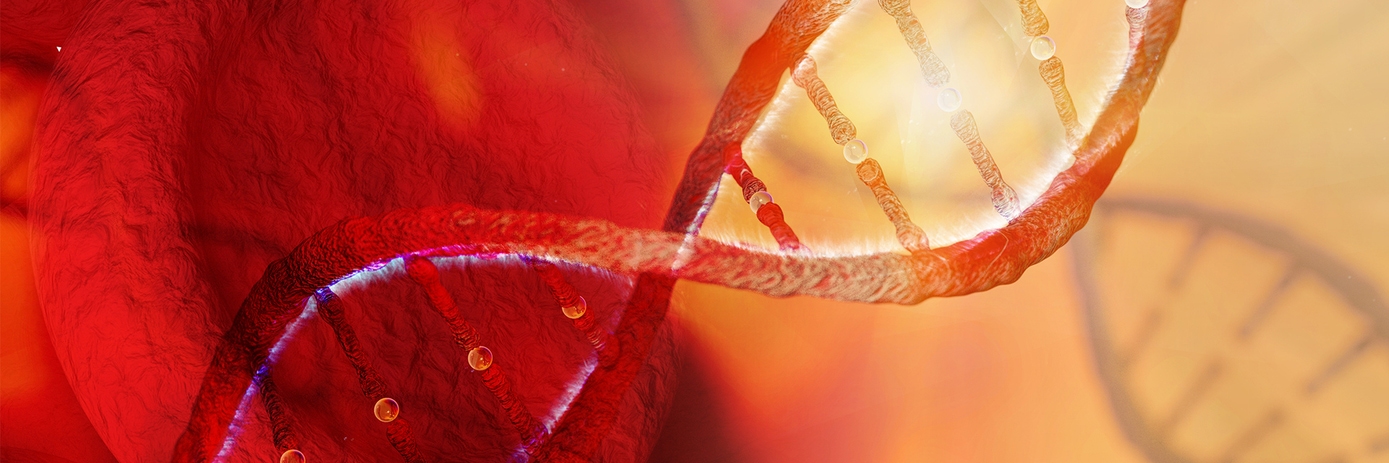


The fascinating world of cell-free DNA (cfDNA) isolation and digital PCR analysis
Here, we'll dive into the recent webinar hosted by Revvity and Bio-Rad, featuring Professor Niels Pallisgaard from Zealand University Hospital.
The Rise of cfDNA Analysis
Cell-free DNA has been a topic of interest for decades, but recent advancements have revolutionized its detection and measurement. Why is this relevant? Because cfDNA carries valuable information, especially when researching cancer. Tumor-derived cell-free DNA circulates in the bloodstream, and its concentration can be significantly elevated in cancer cases.
Strategies for cfDNA Analysis
During the webinar, Professor Pallisgaard discussed two primary strategies for analyzing circulating tumor DNA:
- Tumor Agnostic Strategy: This approach focuses on detecting any tumor-derived mutations, regardless of the specific cancer type. It's a broad-spectrum method that can identify common alterations shared across various cancers.
- Tumor-Informed Strategy: Here, the analysis targets specific mutations associated with a known tumor type. It provides more precise information but requires prior knowledge about the tumor's genetic profile.
Professor Pallisgaard also emphasized the importance of sample quality control, from sampling to results. He recommended using more than 10 milliliters of blood sample for analysis and processing it within a few hours and highlighted the critical role of the purification step in the process which could be solved by using the chemagic™ 360 instrument. In conclusion, the webinar provided a comprehensive overview of cfDNA isolation and digital PCR analysis. It underscored the importance of standardized procedures, quality control, and the careful selection of analysis strategies. As we continue to explore the potential of cfDNA in cancer research, webinars like these provide invaluable knowledge and guidance.
For research use only. Not for use in diagnostic procedures.
To view the full content please answer a few questions





























